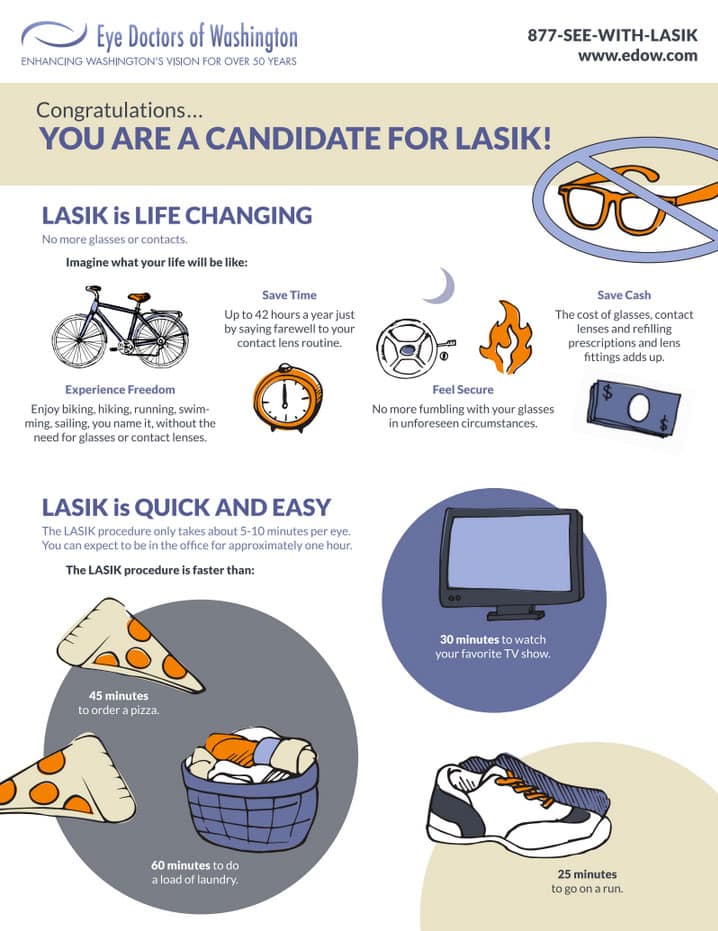Contrasting Traditional Cataract Surgical Procedure To Laser-Assisted Techniques: Pros And Cons

Authored By-Dean Andreassen
When pondering the choice in between conventional cataract surgery and laser-assisted techniques, you may find yourself weighing the benefits and disadvantages each approach supplies. The decision surpasses the surface level of price and accuracy, delving into the world of long-term results and individual fulfillment. As you browse via the complexities of these two methods, it comes to be critical to understand the nuanced information that can considerably affect your visual clearness and general experience. Stay tuned to reveal the critical factors that will lead your decision-making process in this essential aspect of eye care.
Traditional Cataract Surgical Treatment Advantages And Disadvantages
When thinking about traditional cataract surgery, you may find that it's a well-established and widely-used strategy. In this treatment, a specialist makes a tiny cut in the eye and makes use of ultrasound to separate the cloudy lens before removing it. When the cataract is gotten rid of, a man-made lens is placed to recover clear vision.
One of the major benefits of typical cataract surgical treatment is its record of success. Lots of clients have had their vision significantly enhanced through this treatment. Additionally, standard surgical procedure is typically covered by insurance, making it a much more available choice for several individuals.
Nonetheless, there are some drawbacks to standard cataract surgery too. Healing time can be much longer compared to more recent strategies, and there's a slightly higher risk of difficulties such as infection or swelling. Some patients may likewise experience astigmatism or call for analysis glasses post-surgery.
Laser-Assisted Techniques Pros and Cons
Exploring laser-assisted methods for cataract surgical procedure introduces a contemporary method that uses laser technology to carry out key action in the treatment. One of the main advantages of laser-assisted cataract surgical treatment is its accuracy. The laser allows for incredibly accurate lacerations, which can bring about much better visual end results. In addition, making use of lasers can reduce the amount of ultrasound energy required during the surgical treatment, possibly reducing the threat of problems such as corneal damage.
On the disadvantage, laser-assisted strategies can be much more pricey compared to traditional methods. This price mightn't be covered by insurance, making it less obtainable to some clients.
Omaha Advanced LASIK Technology is that not all cataract surgeons are learnt laser modern technology, which could limit your choices for picking a surgeon.
Finally, while the laser can automate certain aspects of the treatment, the surgical procedure still calls for a skilled doctor to ensure successful results.
Relative Analysis of Both Methods
For a thorough understanding of cataract surgical treatment strategies, it's important to conduct a comparative analysis of both standard and laser-assisted approaches.
Standard cataract surgery involves hand-operated lacerations and the use of handheld devices to break up and get rid of the cloudy lens.
On the other hand, laser-assisted cataract surgical treatment makes use of advanced technology to create accurate cuts and break up the cataract with laser power before removing it.
In terms of accuracy, laser-assisted techniques provide a higher level of precision contrasted to traditional approaches. The use of lasers permits customization of the treatment based on each client's eye anatomy, possibly causing far better aesthetic results.
However, laser-assisted cataract surgical procedure often tends to be much more pricey than conventional surgical treatment, which may restrict accessibility for some people.
While relevant site work in recovering vision damaged by cataracts, the choice in between conventional and laser-assisted strategies typically relies on aspects such as cost, precision, and individual patient demands.
Consulting with your ophthalmologist can help establish one of the most appropriate strategy for your cataract surgical procedure.
Conclusion
In conclusion, when making a decision between standard cataract surgical treatment and laser-assisted methods, take into consideration elements like cost, accuracy, and specific needs. Traditional surgical treatment offers a tested track record and insurance policy coverage yet may include longer recuperation times. Laser-assisted methods supply higher precision and personalization however can be extra pricey and not always covered by insurance coverage. Inevitably, the choice between the two methods depends upon what is essential to you and your particular situation.

